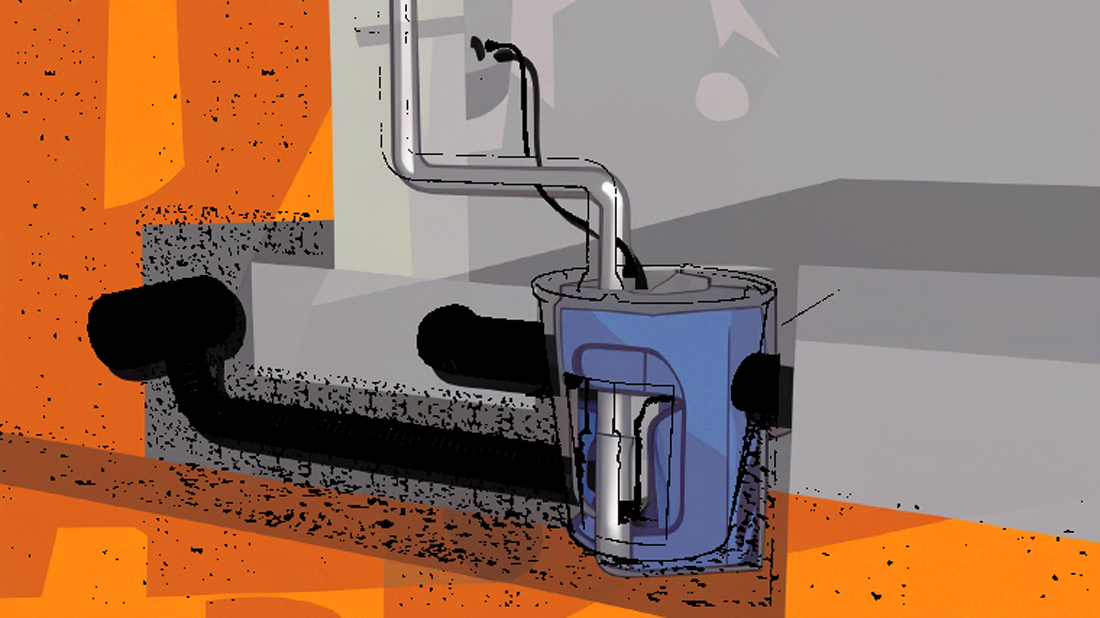Essential Sump Pump Maintenance Tips for April Showers
Summary
This blog article emphasizes the importance of regular sump pump maintenance, especially before the heavy rains of April, to prevent basement flooding. It outlines common issues like continuous running or pump failure, and provides DIY tips such as checking for debris, testing the pump, and inspecting the float switch. The article also highlights when to call professionals for repairs and describes the comprehensive services offered by Hollister, including installation, maintenance, and backup solutions, ensuring homes remain dry and protected.
April showers bring May flowers, but they can also bring unexpected flooding without sump pump Maintenance. Sump pumps are your first line of defense against water damage in your home’s basement or crawl spaces. As the rain increases, understanding and maintaining your sump pump becomes critical. Hollister Electrical is here to guide you through essential maintenance tips to keep your home dry and safe this spring.

Understanding Sump Pump Maintenance
Sump pumps play a vital role in protecting properties from water damage by pumping out excess water from your basement or lowest building point. Regular maintenance ensures they operate efficiently when you need them most. Failure to maintain your sump pump can lead to malfunctions during crucial times, potentially resulting in severe flooding and costly repairs.
Why Regular Maintenance Is Crucial for Sump Pumps
Neglecting sump pump maintenance can lead to a variety of issues, including motor failure, clogged filters, or stuck switches. These issues can prevent the pump from activating during heavy rains, leading to water accumulation and property damage. Regular checks and maintenance extend the life of your sump pump and ensure it works effectively, giving you peace of mind during rainy seasons.
Common Sump Pump Issues and Solutions
Common issues include the pump running continuously or not turning on when needed. These can be caused by a variety of factors, including stuck switches, clogged intake screens, or a faulty float. Solutions may range from cleaning the pump to replacing worn-out components. Regular testing, especially before the rainy season starts, can help you identify and fix these issues promptly.
DIY Maintenance Tips for Your Sump Pump
- Check for debris: Ensure the pump’s intake and discharge lines are clear of any obstructions.
- Test the pump: Pour water into the sump pit to verify the pump starts automatically and the water drains quickly once the pump is on.
- Inspect the float switch: Make sure it’s not hindered by any obstacles and functions smoothly.
- Look for signs of wear: Check for rust or corrosion on the pump body and replace any worn parts immediately.
When to Call a Professional for Sump Pump Repairs
While some maintenance can be handled on your own, there are times when it’s best to call in professionals. If you notice unusual noises, continuous running, or if the sump pump fails to start, it may be time to call Hollister Electrical. Our team provides expert service to ensure your pump operates efficiently and effectively.
Professional Sump Pump Services Near You
At Hollister, we offer comprehensive sump pump services, including maintenance, repair, and installation. We also provide backup solutions such as battery backups and water-powered sump pumps to ensure your home remains dry, even during power outages. Our services extend across Western Illinois and Eastern Iowa, specifically within 50 miles of Macomb, Illinois.
Conclusion
Maintaining your sump pump is essential, especially during the rainy season. By following these maintenance tips and knowing when to seek professional help, you can protect your home from the costly and stressful impacts of water damage. Ready to schedule your maintenance check? Contact Hollister Electrical today to ensure your sump pump is in top condition for the showers to come.

